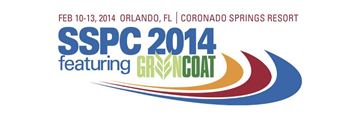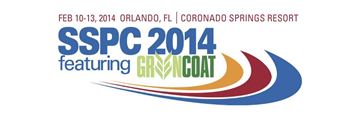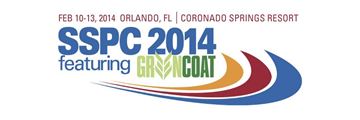Search
Products tagged with '2014 Conference Papers'
View as
Sort by
Display
per page
A Science-Based Crack Growth Model for Buried Pipelines Undergoing High pH SCC (II) - Application
Product Number:
51314-3617-SG
ISBN:
3617 2014 CP
Publication Date:
2014
$0.00
Adhesion Measurements of Coatings on Cylindrical Steel Pipes: Variability & Significance
Product Number:
41214-815-SG
Publication Date:
2014
$20.00
Air Balancing is More Than a Building Science
Product Number:
41214-858-SG
Publication Date:
2014
$20.00
Anticorrosive Zn Free Pigments: Their Performance
Product Number:
41214-834-SG
Publication Date:
2014
$20.00
Building a Case for Commercial Contractor and Applicator Certifications
Product Number:
41214-861-SG
Publication Date:
2014
$20.00
Building Wall and Coating Condition Evaluation
Product Number:
41214-810-SG
Publication Date:
2014
$20.00
Case History: Site-Applied Decorative Polyaspartic Flooring in A Residential Garage Floor Application
Product Number:
41214-850-SG
Publication Date:
2014
$20.00
Cavitation Erosion Comparison Between Commercial Coatings and Polyurethane Coating Containting Nano-Carbon
Product Number:
41214-830-SG
Publication Date:
2014
$20.00
Changing the Corrosion Culture through Education and Training
Product Number:
41214-817-SG
Publication Date:
2014
$20.00
Chloride Exposure of Reinforced Concrete with an Admixed Corrosion Inhibitor: Part I – Time to Corrosion Initiation Neglecting Inhibitor Egress
Product Number:
51314-3635-SG
ISBN:
3635 2014 CP
Publication Date:
2014
$0.00
Color and Glass Evaluation of Two High Performance Coating Systems Using Accelerated Laboratory and Outdoor Weathering
Product Number:
41214-866-SG
Publication Date:
2014
$20.00
Concrete Moisture & Testing: It’s All About Keeping Your Floors Above Water!
Product Number:
41214-865-SG
Publication Date:
2014
$20.00












